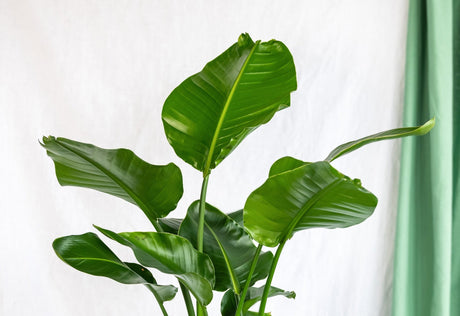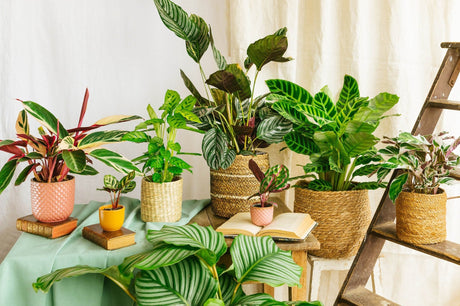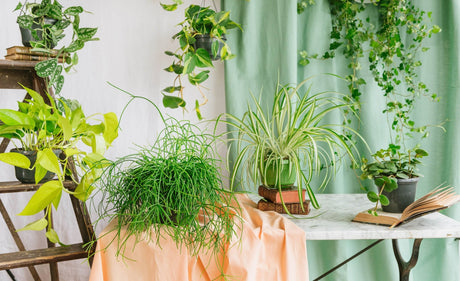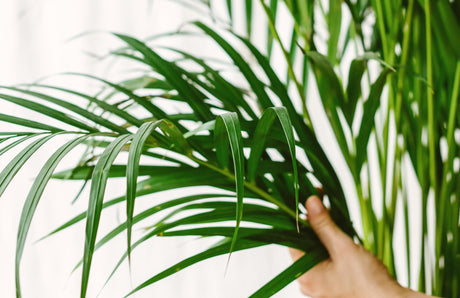Calathea Roseopicta Dottie is a popular houseplant indoor for its beauty sparkling and its patterns unique. Native to the tropical forests of America from South, this variety of Calathea is prized for its beautifully colors, which add a touch of sophistication to any interior space.
This plant belongs to the Marantaceae family, which means that it bends back slightly night and upright on day, adding an intriguing element of movement to its appearance.
In addition to its visual beauty, Calathea Dottie is non-toxic for the pets making it a great choice for homes with pets.
1. Watering the Calathea Roseopicta Dottie
The Calathea Dottie likes the grounds constantly wet, but it is crucial to not not leave the soil soggy. Too much water can lead to root rot and damage the plant.
The frequency of watering will depend on several factors such as the size of the pot, the type of soil, the temperature and humidity ambient. As a general rule, it is recommended that you water your Calathea Dottie once to twice times per week, adjusting as needed. the plant.
Tip: Insert your finger into the ground to a depth of approximately 2-3cm. If the soil is dry at this depth, it is usually time to water it.
2. Watering techniques
- Rather than watering from above, it is better to pour water gently in a saucer or tray under the pot. Let the plant absorb water by capillarity for about 30 minutes, then remove excess water. water left in the saucer.
- Use water at temperature ambient for watering. Avoid water chlorinated or water too cold, as this could harm the sensitive roots of Calathea Dottie.
3. The Calathea Roseopicta Dottie Exhibition:
Calathea Roseopicta Dottie prefers exposure to light indirect. Avoid placing the plant in a place where it is directly exposed to rays from the sun, especially during the hours hot of the day. The delicate leaves of the Calathea are sensitive to light direct of sun, which can cause burns.
Look for a place in your home that receives a good amount of light, but where the light is filtered or dimmed. windows facing east or west are often ideal, as they provide soft light soft and indirect for much of the day.
4. When should I repot my Calathea Roseopicta Dottie?
Iit is recommended to repot your Calathea Dottie every 1 to 2 years, ideally at the beginning of spring, when the plant enters its period of growth active.Here are some signs indicating that it is time to repot your Calathea Roseopicta Dottie:
Root crowding
If you notice the roots starting to stick out of the pot's drainage holes or wrap around the root ball, it's a sign that the plant needs more room to grow.
Insufficient drainage
If water has trouble draining properly from the pot or if the soil remains constantly soggy despite proper watering, this may indicate that the pot has become too small for the plant.
Slowed growth
If your Calathea Dottie seems to be stagnating in terms of growth or new leaves are smaller and less vibrant, this may be a sign that the plant lacks space to fully develop.
5. What fertilizer should I use for my Calathea Roseopicta Dottie?
To feed your Calathea Roseopicta Dottie correctly and promote healthy growth , you can use a fertilizer balanced specifically designed for tropical houseplants.
Calathea are plants that like soil rich in nutrients, but they are also sensitive to over-fertilization.Here are some tips for using fertilizer for your Calathea Roseopicta Dottie:
Application frequency
During the active growing season, which is usually in the spring and summer, you can fertilize your Calathea Dottie every two months or so. During the fall and winter, when the plant enters a dormant period, you can reduce the frequency of fertilizing to once every three months or even stop fertilizing altogether.
Dilution
It is essential to dilute the fertilizer in water according to the manufacturer's instructions. An overdose of fertilizer can burn the sensitive roots of the Calathea and lead to health problems for the plant.
6. How do I multiply my Calathea Roseopicta Dottie?
The method of propagating Calathea Roseopicta Dottie by dividing the clumps consists of separating carefully the suckers or small clumps that grow near the base of the plant mother to with the aid of a knife clean and sharp. Each division thus obtained is then planted in a pot clean filled with compost well draining, and it is watered carefully to facilitate root establishment roots.
This method makes it possible to obtain new specimens from a single plant and take advantage of multiple Calathea Roseopicta Dottie in your home.
7. Diseases of Calathea Roseopicta Dottie
Calathea Roseopicta Dottie can be susceptible to certain diseases, but in general it is resistant to problems of health if the growing conditions are suitable. Here are some diseases common that can affect Calathea Roseopicta Dottie:
Root rot
Overwatering or poor soil drainage can lead to root rot. Damaged roots become soft, brown or black. To avoid this, make sure the pot has drainage holes, water sparingly and use well-draining potting soil.
Oidium
Powdery mildew is a fungus that appears as a white or gray powder on the leaves of Calathea Dottie. It thrives in damp, poorly ventilated conditions. To prevent powdery mildew, avoid wetting the leaves when watering and ensure good air circulation around the plant.
Leaf spots
Brown, black or yellow spots on the leaves can be caused by fungal or bacterial diseases. High humidity and adequate ventilation can help prevent these problems.
Virus
Viruses can also affect Calathea Dottie, causing symptoms such as spots, distortions or unusual colors on the leaves. Viruses are usually spread by insect vectors, so it's important to regularly monitor your plant for any signs of trouble.
8. Delivery and receipt of your plant
Have you just adopted a plant
- Your plant is dry ? Bathe her for ten minutes.
- Is your plant wet ? Let the potting soil dry.
- Should I repot my plant right away ? No ! Wait until next spring or for signs that your plant needs repotting.






